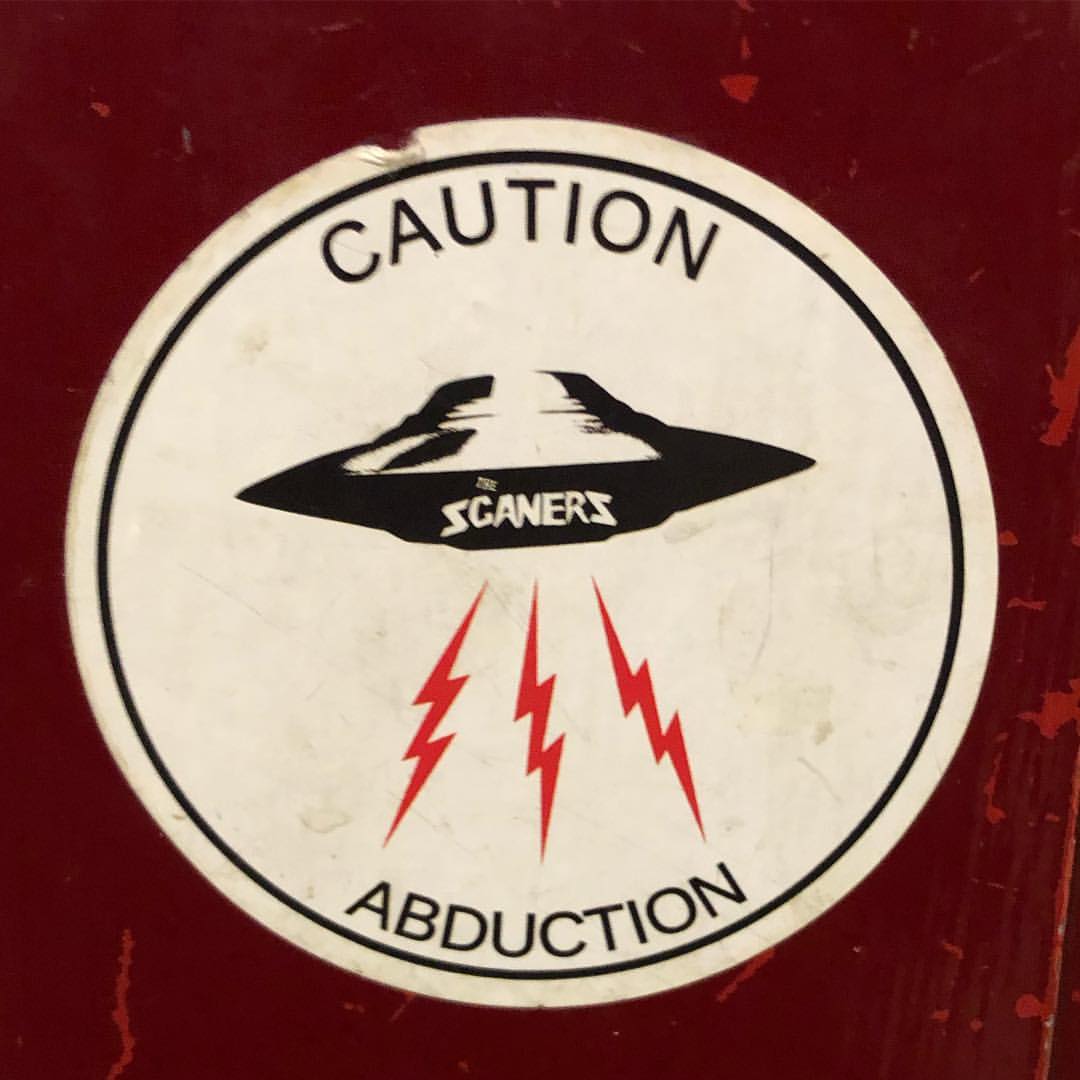
A painting by the iconic Austrian artist believed lost for approximately 100 years will be auctioned at Vienna’s Auction House im Kinsky on April 24, 2024.
Vienna, 25.01.2024: The auction house im Kinsky will present a rediscovered masterpiece of Austrian Modernism: the Portrait of Fräulein Lieser, one of the last works created by Gustav Klimt. The painting was previously considered lost. For many decades, this important work of art has been privately owned by an Austrian citizen, unknown to the public.
A valley of lost cities has been discovered in the Ecuadorian Amazon. When you hear of such a discovery you might think of archaeologists with chisels and brushes or explorers in pith helmets stumbling across sites deep in the forest. Instead, without needing to brave the hazards of the forest, Light Detection and Ranging (Lidar) has revealed networks of buried roads and earthen mounds.
China Daiy offers a comprehensive essay on the painter Wen Zhengming (1470-1559) titled “Paradise Found.” Wen Zhengming was noted for “the public perception of him as a man of high moral standards who disavowed the seedy side of politics in favor of a secluded existence in the garden abode he built for himself.” In the tradition of reclusion, however, “Wen Zhengming’s self-imposed exile, as those orbiting around him might wish to call it, was lived out not in sheer harshness, but amid the many enjoyable things that Jiangnan had to offer, including its spring.” Jiangnan was a region of the southern Yangtze River Delta.






















